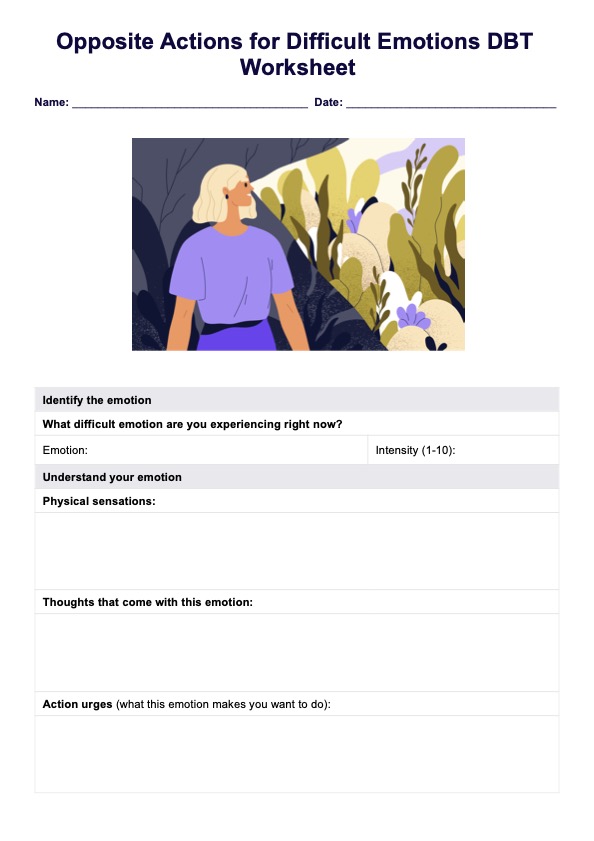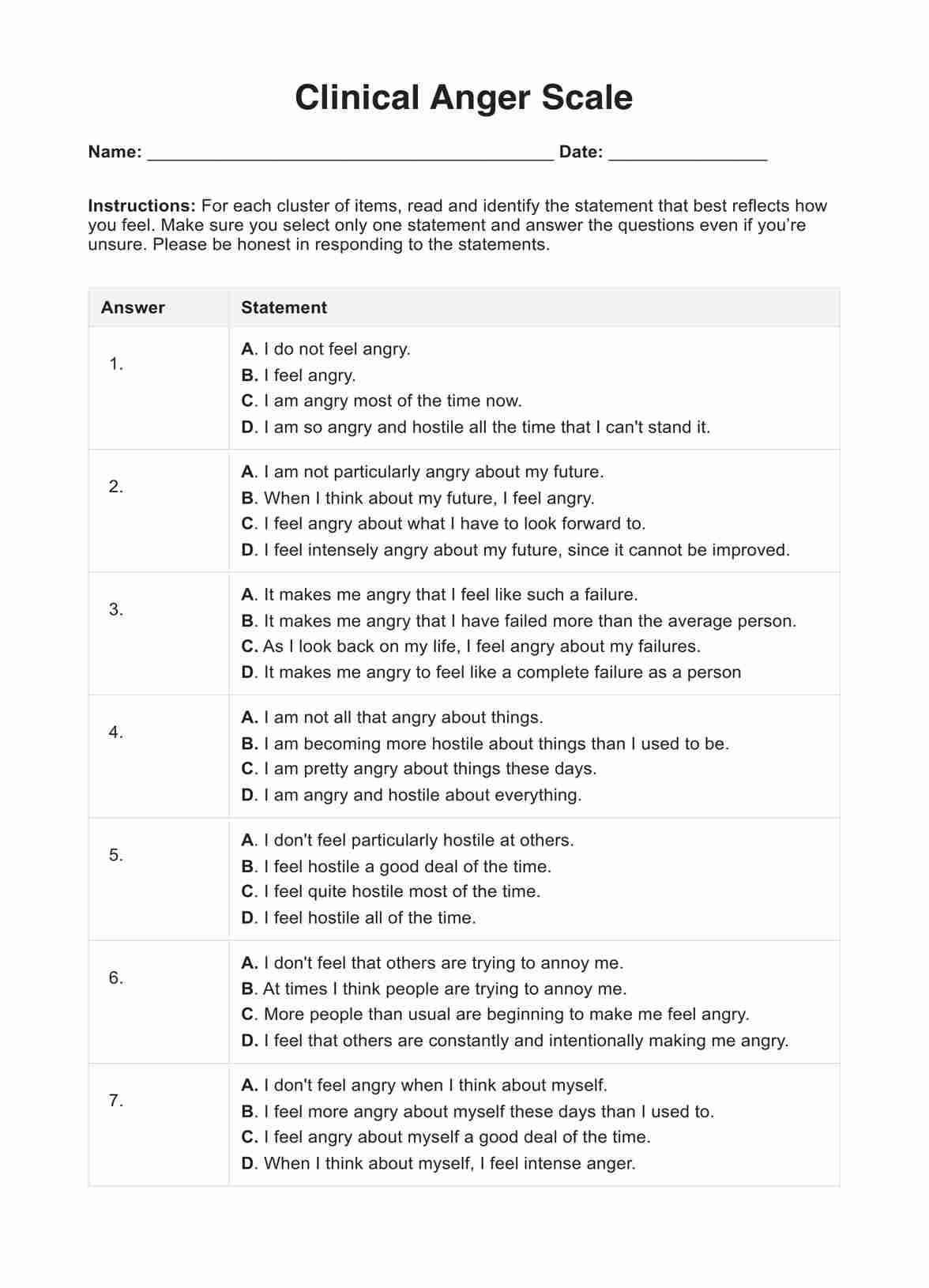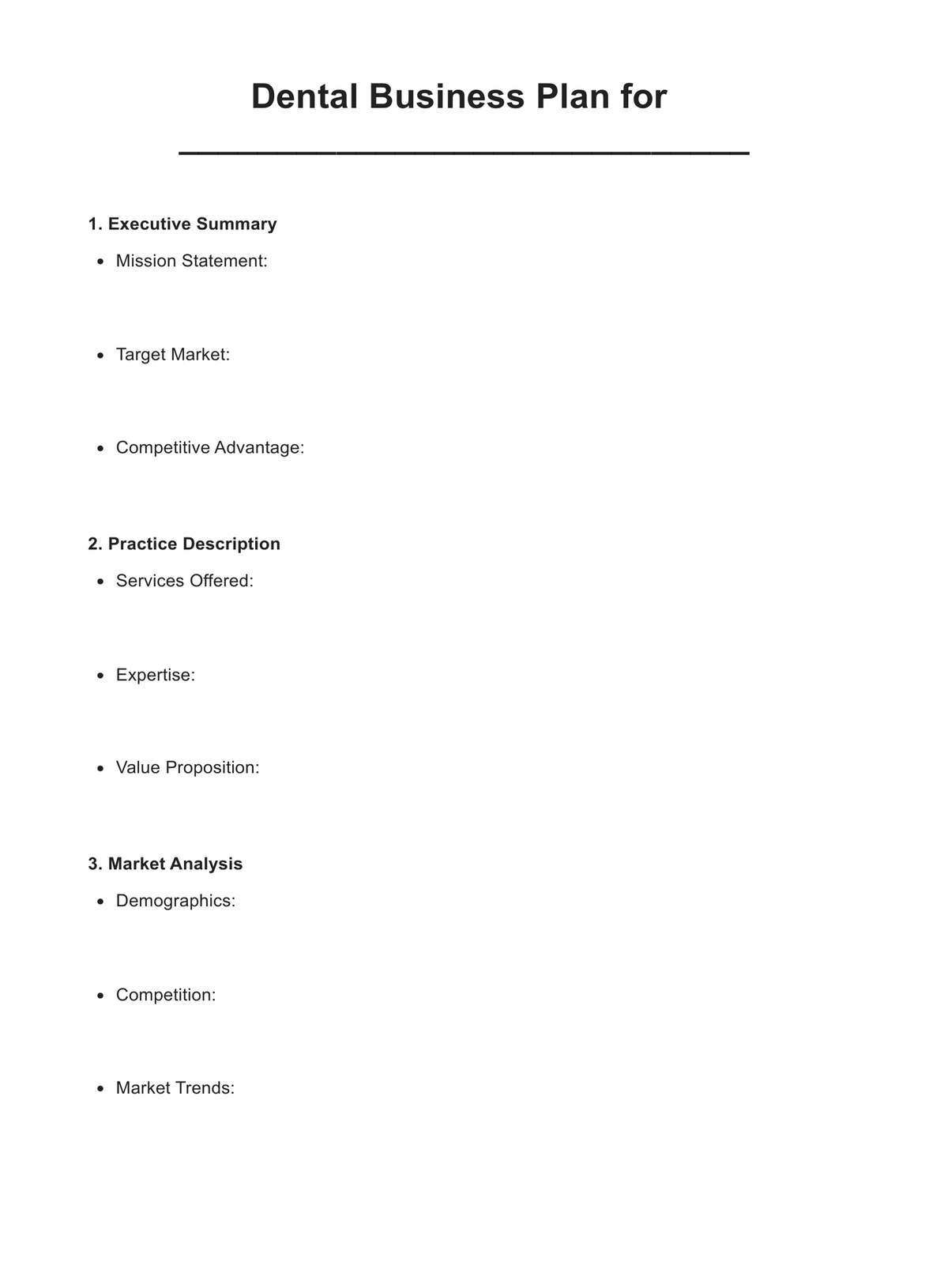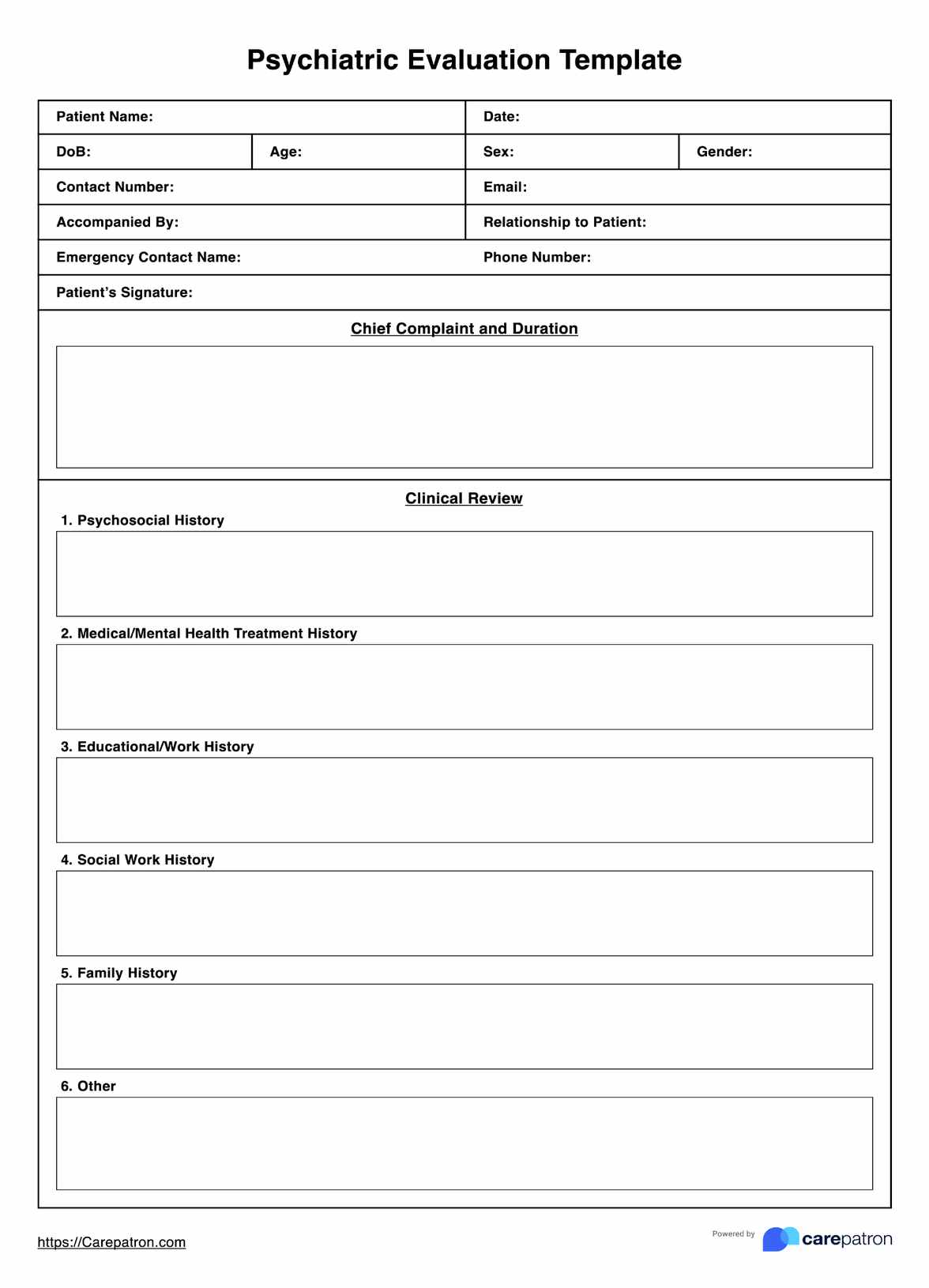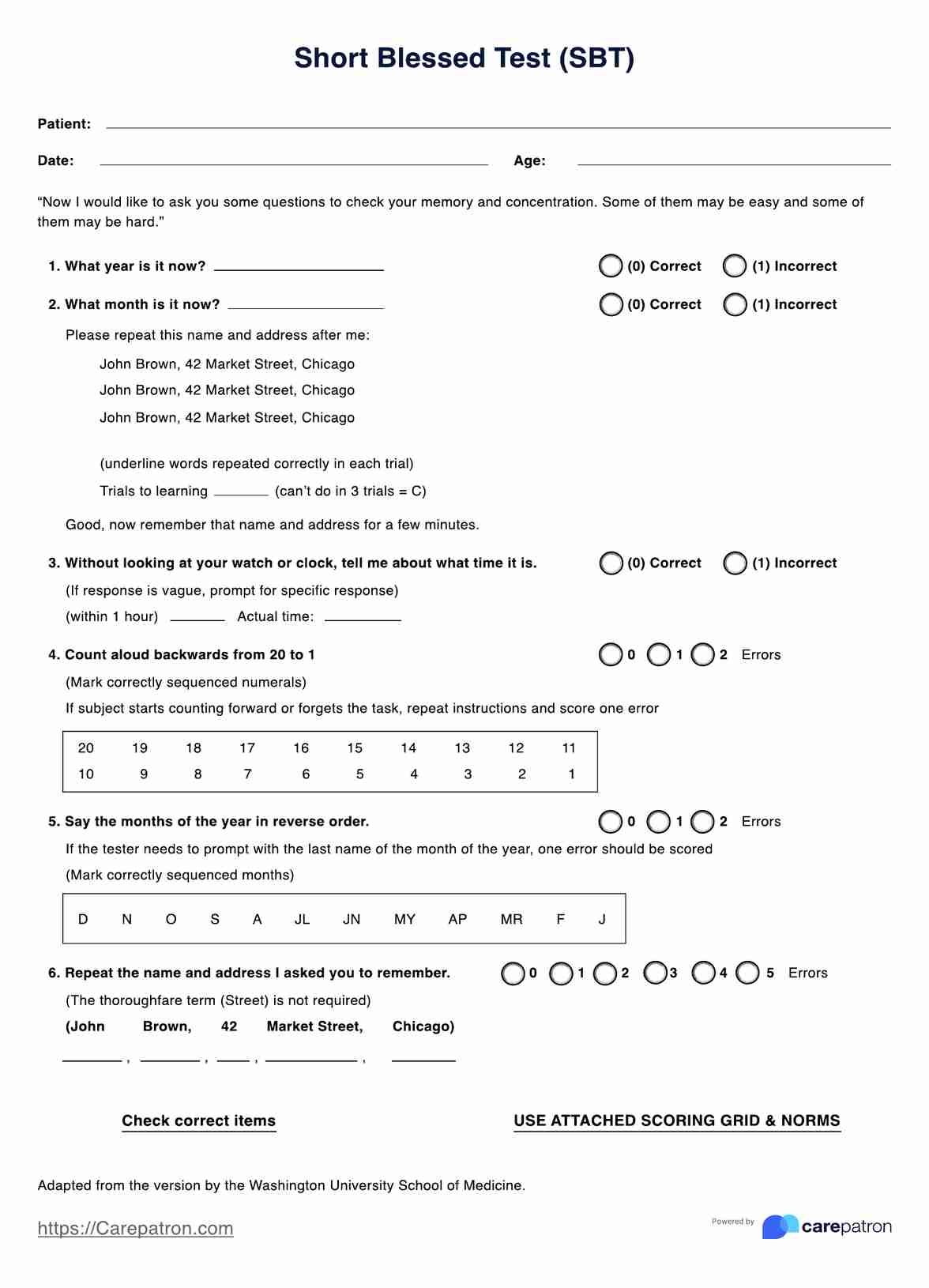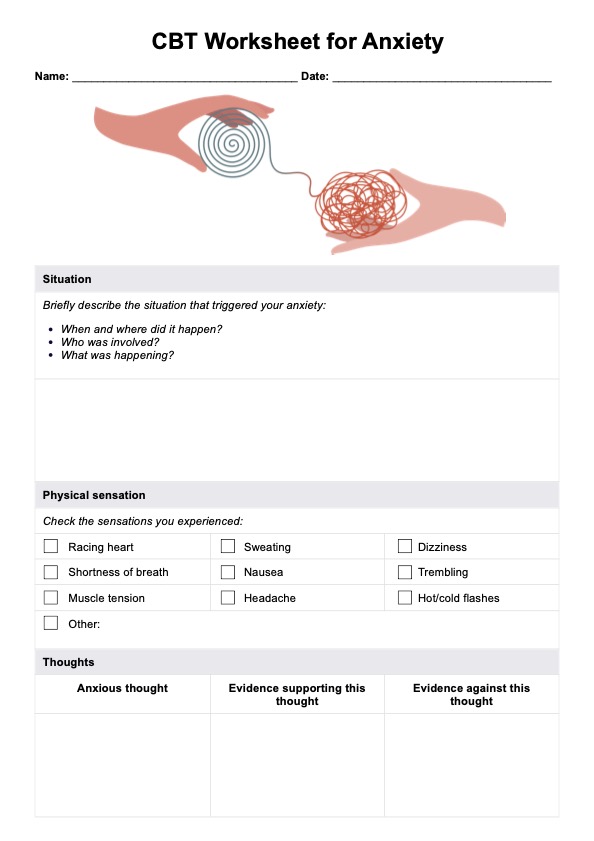Dental Charting Template
A free PDF download including an anatomical diagram of permanent dentition, perfect for standardizing your dental charting.


What is a Dental Charting Template?
A Dental Charting Template is a systematic tool used in dental offices to document a patient's oral health status. It involves complete dental charting, which records every detail of a patient's oral condition during a dental checkup. The dental charting process is essential for maintaining accurate dental charting, as it provides a comprehensive overview of the patient's dental health, including any existing dental health issues such as cavities, missing teeth, or gum disease.
Periodontal charting is integral to this template, helping assess the gums' health and supporting structures. A dental assistant commonly fills out the chart, often guided by the dentist, based on the medical and dental history provided by the patient. This helps in understanding the patient's oral health and planning appropriate treatments. Regular dental appointments using these templates aid in maintaining healthy teeth and preventing oral diseases. By tracking the patient's oral health over time, dental professionals can make informed decisions, ensuring optimal care and better patient outcomes. For a complete assessment, the template must include information that reflects the patient's oral health, helping maintain a high standard of care.
Understanding the Dental Charting Template
Our Dental Charting Template follows a systematic illustration and layout that allows healthcare professionals to document key aspects of a patient's oral health during a dental appointment. This chart utilizes the universal numbering system adopted by the American Dental Association (ADA), which is efficient and highly recognizable in the U.S. dental community. This system identifies all the teeth by assigning each one a specific number, simplifying documentation and communication among dental professionals.
The dental chart is divided into quadrants representing the oral cavity's maxillary (upper) and mandibular (lower) arches. Each tooth has a designated number within the universal numbering system, which starts with tooth #1, the upper right third molar, and concludes with tooth #32, the lower right third molar. This graphic method provides an intuitive, clear representation of the oral cavity. For instance, when charting, the dentist records tooth conditions, such as fillings, crowns, or decay, next to the corresponding tooth number.
For each dental appointment, the healthcare provider starts by assessing the state of the patient’s gum pockets and dental health, including the number assigned to each tooth. The numbers 1 to 16 refer to the upper arch from the patient's right to left, and the numbers 17 to 32 refer to the lower arch from left to right. This system helps maintain an accurate record of dental issues and subsequent treatment plans.
The chart's visual representation is crucial for showing restorations, missing teeth, or potential future interventions. The graphic method may use symbols or shading on the relevant tooth number to indicate various dental statuses. This enhances clarity, especially when sharing charts with other healthcare providers.
Recording comprehensive dental charting data, including the patient's use of an electric toothbrush or other hygiene habits, can inform future treatment plans. Evaluating gum pockets can highlight early signs of periodontal disease, which is essential for maintaining long-term oral health.
Dental Charting Template
Dental Charting Template Example
How to use this Dental Charting Template
This Dental Charting Template uses the universal numbering system to record each tooth's condition. It facilitates precise documentation during a dental appointment and creates an accurate record for treatment planning.
Step 1: Patient information
Fill out the basic patient details at the top, including their first name, last name, date of birth, and patient identifier. This section also includes the date and time of the dental appointment, ensuring all records are up-to-date.
Step 2: Examine the oral cavity
Begin the assessment by thoroughly examining the patient’s oral cavity, including all teeth and surrounding structures. Document findings like decay, fillings, or periodontal issues like inflamed gum pockets.
Step 3: Assign tooth numbers
Record findings using the Universal Numbering System. For example, tooth #1 corresponds to the upper right third molar. Following this graphic method, each tooth’s condition should be charted next to its number.
Step 4: Finalize and review
Sign and review the completed dental chart for accuracy, ensuring it’s ready for future reference and patient care continuity.
Benefits of using a Dental Charting Template
A Dental Charting Template is crucial for dentists as it provides an organized, easy-to-read record of clinical findings, ensuring appropriate treatment and improved patient care.
Comprehensive record-keeping
A Dental Charting Template ensures a good record of a patient’s dental conditions from the first visit through future visits. It includes detailed documentation of oral hygiene status, gum recession abnormalities, and periodontal pockets. This systematic recording allows healthcare providers to track improvements and adjust treatments accordingly, ensuring better treatment outcomes.
Facilitates treatment planning
Dentists rely on this template to identify dental problems that require treatment. It helps determine the appropriate tooth for intervention and accurately records clinical findings. Including diagnostic images and bleeding points in the template further aids in comprehensive treatment planning.
Enhances patient care
Using a template in the dental charting of teeth ensures that all relevant information is accessible during regular checkups. This enhances patient care and allows dentists and hygienists to monitor oral hygiene and other dental conditions. A hygienist produces detailed notes that guide the dentist in delivering consistent care.
Simplifies insurance and documentation
The template is essential for submitting insurance claims, providing a clear, easy-to-read record of all dental procedures and findings. This documentation is crucial for healthcare providers when justifying treatments and ensuring that all necessary details are accurately reported.
Commonly asked questions
The Universal Numbering System, widely used in the United States, assigns a unique number to each tooth for easy identification. Adult teeth are numbered 1 to 32, starting with the upper right third molar (tooth #1) and moving clockwise to the lower right third molar (tooth #32). For children, teeth are labeled A to T, starting with the upper right second molar. In dental charting, this system allows healthcare providers to document clinical findings precisely, such as cavities, restorations, or missing teeth, ensuring clear communication, accurate record-keeping, and effective treatment planning.
Accurate dental charting is vital for comprehensive patient care. It provides a clear, easy-to-read record of the patient’s oral health, including existing dental problems, treatments performed, and periodontal status. This accuracy is crucial for diagnosing conditions, developing treatment plans, and tracking progress. Inconsistent or incorrect charting can lead to miscommunication, improper treatment, and potential legal issues. It also plays a key role in insurance claims by providing documented evidence of the procedures performed and justifying the need for specific treatments. Thus, accurate dental charting enhances patient care quality, supports clinical decisions, and ensures a smooth workflow in the dental office.
A Dental Charting Template provides a detailed view of a patient’s oral health, enabling dentists to identify dental problems that require treatment. Healthcare providers can develop a comprehensive treatment plan tailored to the patient's needs by noting conditions like caries, periodontal pockets, and missing teeth. The template also helps track improvements, ensuring each tooth is monitored and treated appropriately. It serves as a reference for future visits, allowing adjustments to the treatment plan as needed. This systematic approach ensures better treatment outcomes and more effective patient care, streamlining the decision-making process for dentists.
A Dental Charting Template should include a complete graphical representation of the teeth and areas to document clinical findings such as caries, restorations, missing teeth, and periodontal pockets. It should also record bleeding points, gum recession abnormalities, and other relevant periodontal conditions. Notes on the patient's medical and dental history, diagnostic images, and observations made by the hygienist should be included. The template must provide space for noting treatments that require follow-up during regular checkups.


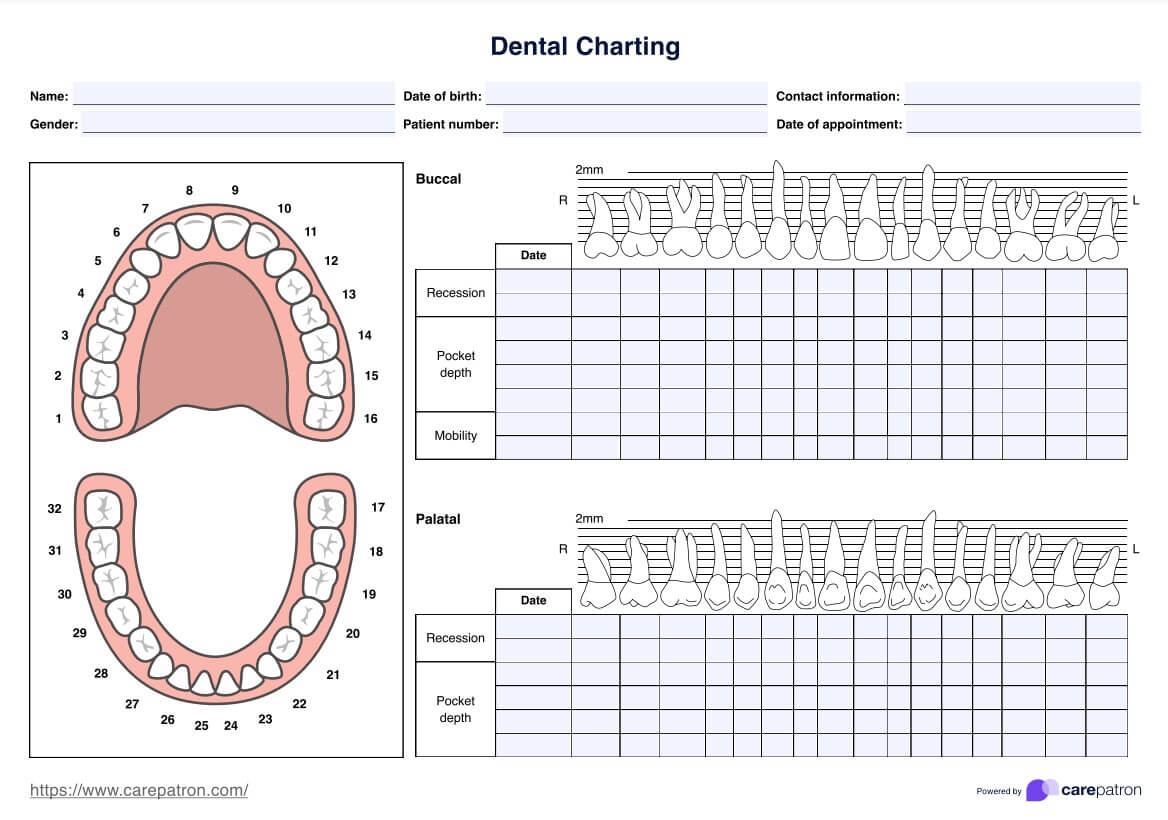
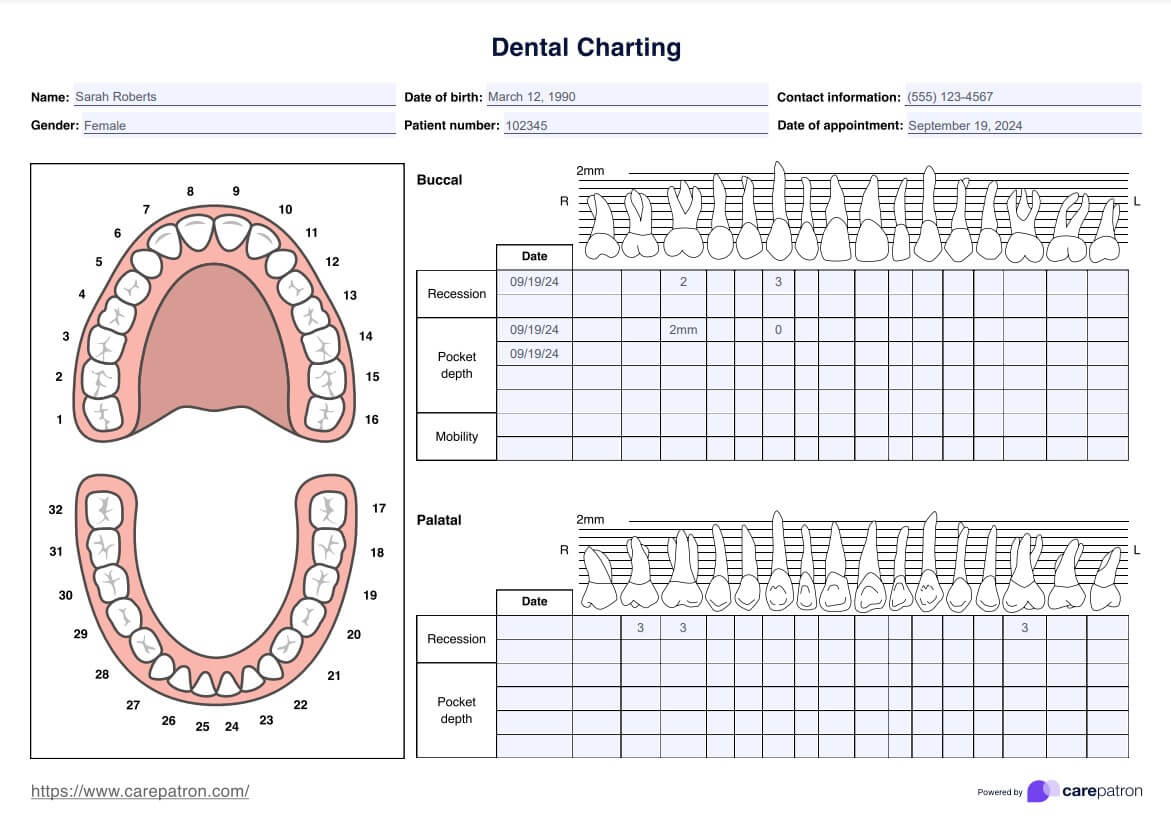

















-template.jpg)


















































































